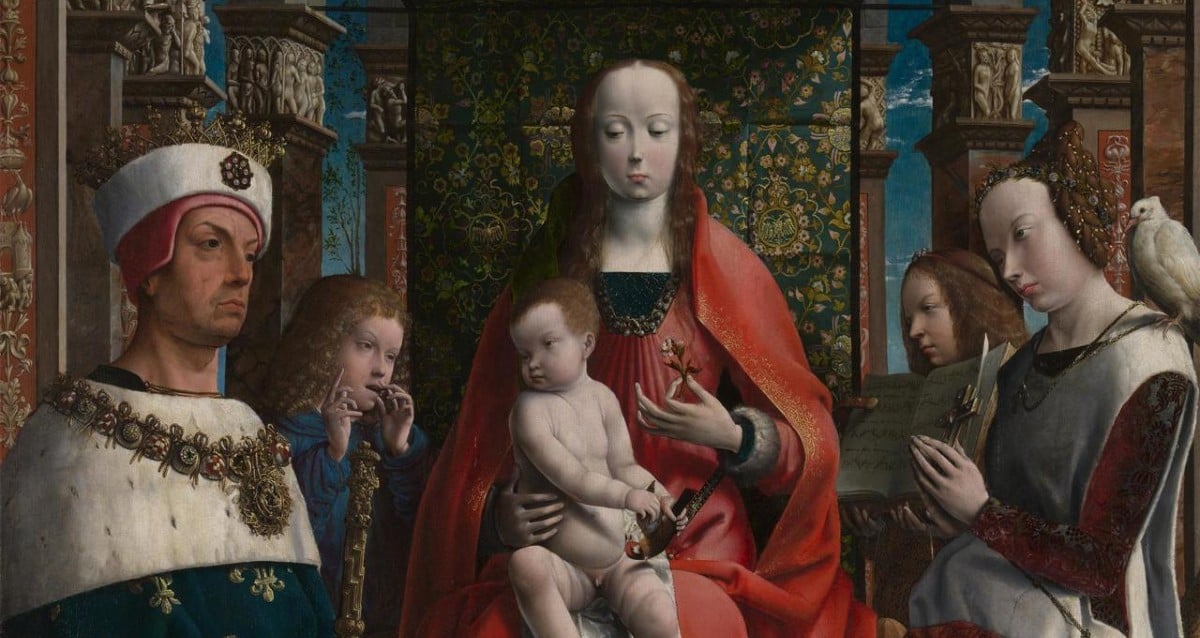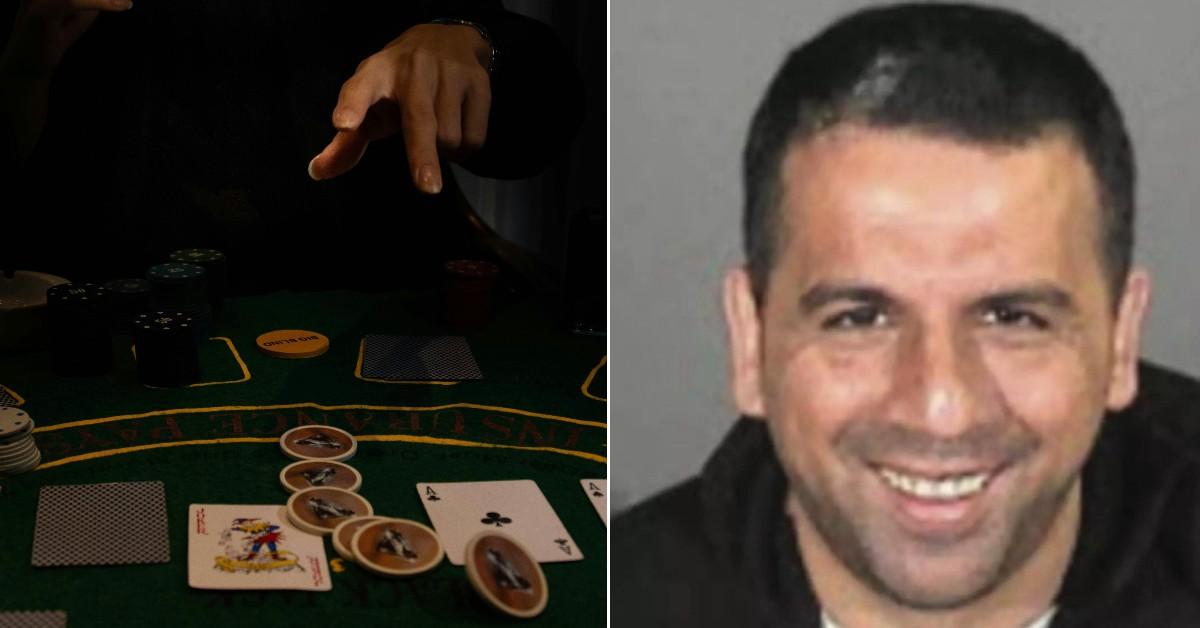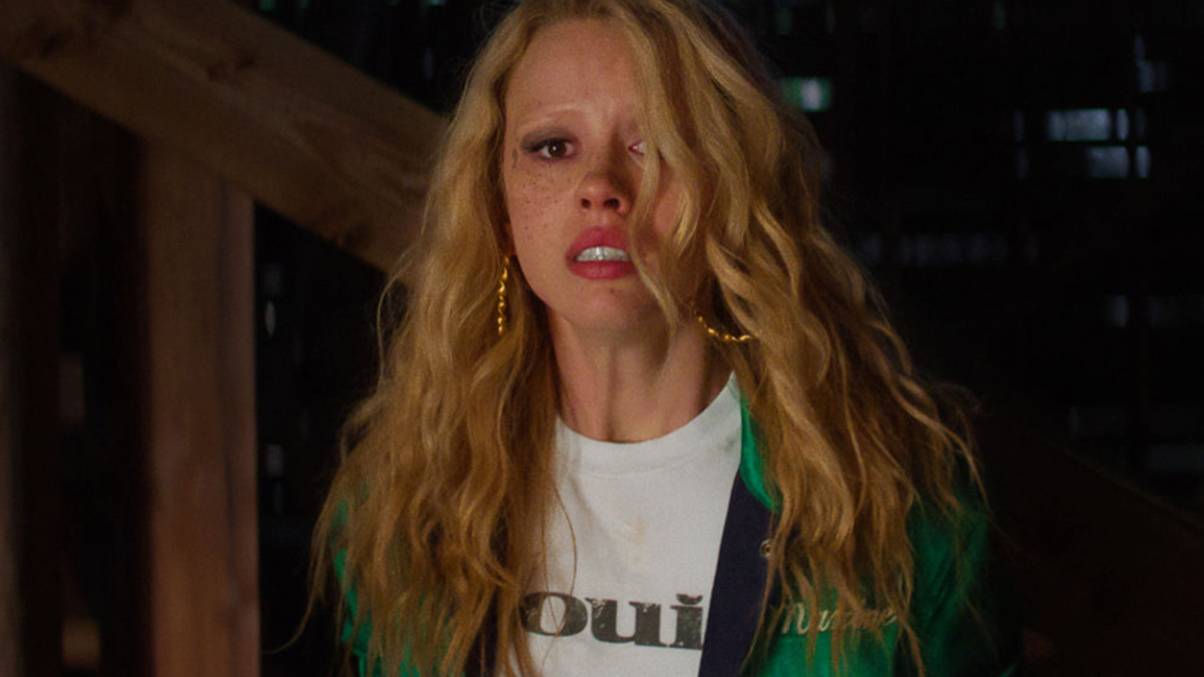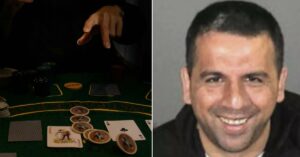Unveiled: The $22 Million Renaissance Masterpiece Hiding a Drooling Dragon-Dog That Defies History
So the National Gallery in London just dropped $22 million on a 16th-century painting that’s equal parts sacred and, well… borderline bizarre. Meet The Virgin and Child with Saints Louis and Margaret—a piece from around 1510, carved out of mystery by an anonymous artist, probably somewhere in the Netherlands or Belgium. You’d expect that any artwork featuring Jesus, Mary, and saints would stick to the usual religious script, right? Nope. This one throws in drooling dragon-dogs, cheeky cherubs flashing their behinds, and an angel playing a mouth harp—yeah, that’s a thing, and not exactly what you picture when you think “heavenly choir.” It’s like the Renaissance got a prankster makeover. Makes you wonder: what was the artist trying to say? Or was it just some Renaissance R-rated humor slipping through? Either way, it’s a dazzling, weird, and wonderfully mystifying gem that reminds us that sometimes, not knowing the creator makes the art all the more intoxicating.
Known as The Virgin and Child with Saints Louis and Margaret, this bizarre depiction of Jesus and Mary was painted by an anonymous artist and is believed to have been created circa 1510 in either the Netherlands or Belgium.

The National Gallery, LondonThe Virgin and Child with Saints Louis and Margaret is full of fascinating and bizarre details.
The National Gallery in London has just purchased a striking 16th-century painting for $22 million. That alone isn’t all that unusual. But the painting itself certainly is, as is the fact that no one knows who painted it.
The painting, The Virgin and Child with Saints Louis and Margaret is full of the kind of religious imagery that often appeared in artwork of this era. But it also has a number of unusual details, including a drooling dragon-dog and a small “bawdy” cherub showing its behind.
For now, the provenance of the painting remains a mystery — though experts have a few guesses about who created it.
The Bizarre Details Of The Virgin And Child With Saints Louis And Margaret
According to a statement from the National Gallery, London, The Virgin and Child with Saints Louis and Margaret looks like many paintings of its era at first glance, and contains a number of religious symbols. In the painting, the Virgin Mary and Jesus, as a child, are flanked by the French King Louis IX, also known as Saint Louis, and Saint Margaret. Margaret seems to emerge unperturbed from a drooling green dragon, a nod to a story of how she was swallowed by a dragon (Satan) then escaped when her cross irritated the dragon’s stomach.
But in addition to these more standard religious details, the painting also contains “iconographic oddities” and “wildly inventive details.”

PA Images/Alamy Stock PhotoTwo people take a look at the The Virgin And Child With Saints Louis And Margaret at the National Gallery in London.
For starters, the Virgin and Child are standing upon bare wooden steps which “stand out dramatically in this splendid setting,” and the nails seen therein may foreshadow the crucifixion. Saint Louis’ scepter also contains strange “squirming figures” that are perhaps a symbol of the Last Judgement, while Saint Margaret’s braided hair, crown of daisies, and accompanying dove are likewise all unusual motifs.
In addition, the painting also includes an angel playing a mouth harp. The National Gallery notes that this is “a sound hardly associated with celestial harmony” and a “rare occurrence in medieval iconography.” And while the decorations atop the pillars in the background of the painting seem to show well-known moments from the Old Testament, they also depict “more obscure and even surprisingly bawdy subjects,” including an “unruly” putto, or cherub, who is showing his bottom to the viewer and is believed to be farting.
Despite these strange details, the painting was clearly done by a talented artist who aimed to “dazzle” their audience. And art experts have a few guesses about who the mystery painter could be.
Who Created This Bizarre Painting Bought By The National Gallery For $22 Million?

Public DomainThe painter behind The Virgin And Child With Saints Louis And Margaret may be Jan Gossaert, a 16th-century Netherlandish painter.
Though many questions about the The Virgin and Child with Saints Louis and Margaret remain, an in-depth study of the painting answered some of these. Experts in dendrochronology, which looks at tree rings to estimate age, found that the wood in the painting suggests that it was made after 1483. The wood is also made with Baltic oak, which suggests that the artist was not French (because French artists often used locally sourced oak).
Excluding French candidates like Jean Hey, the style of the painting is reminiscent of Netherlandish artists like Jan van Eyck, Hugo van der Goes, and, especially, Jan Gossaert.
“The dramatically foreshortened faces of the saints and angels are reminiscent of some of [Gossaert’s] early drawings,” the National Gallery noted. “Both artists also used similar underdrawing techniques, especially the way of sketching the ocular cavities, the knuckles, the shading of the Virgin’s forehead, and the absence of wash. The eccentricity that pervades the panel also recalls Gossaert’s manner. However, the facture of The Virgin and Child with Saints Louis and Margaret and Two Angels is generally less crisp, and no definitive conclusions can be drawn from these observations.”



















